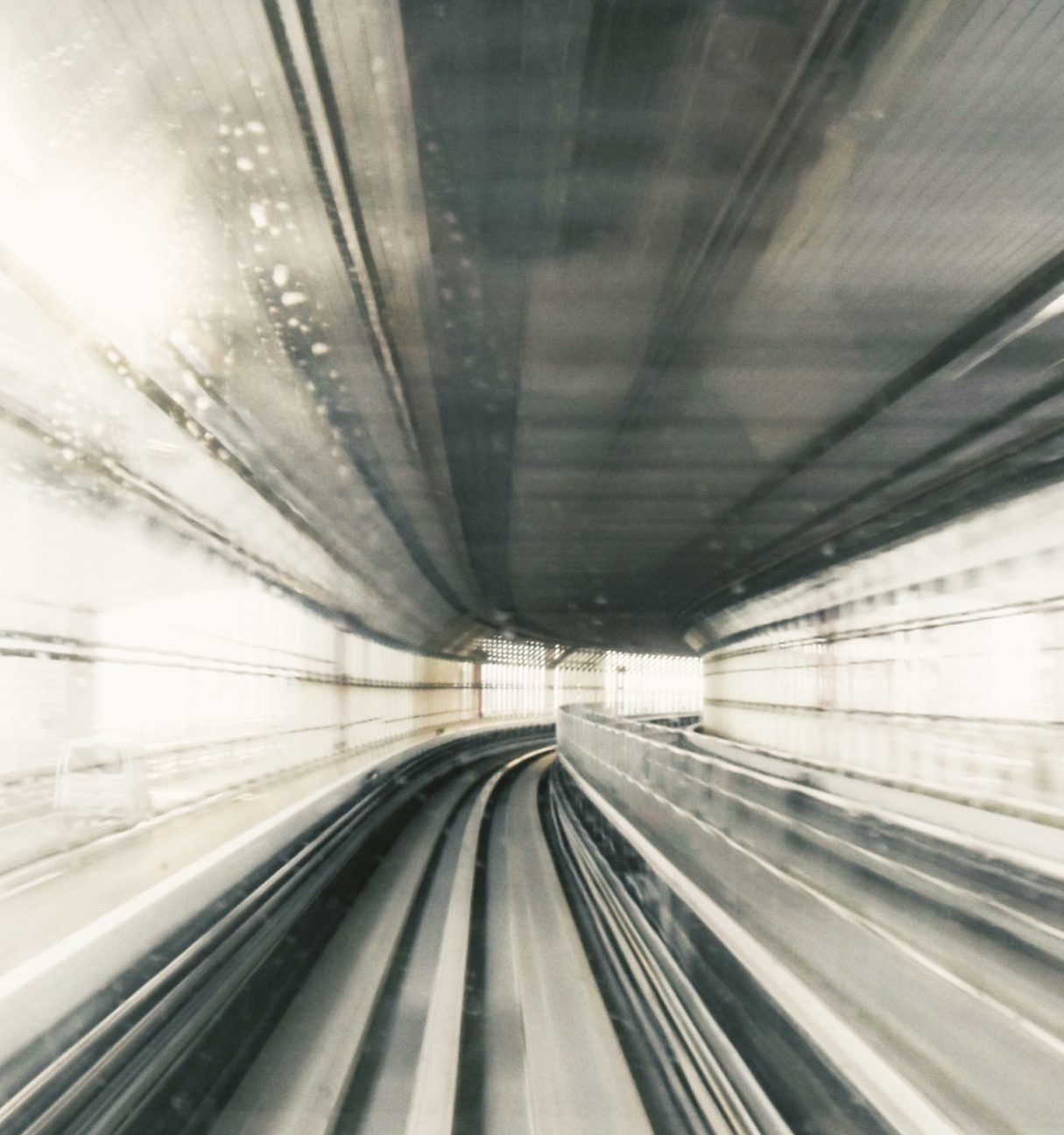Despite the current uncertainty around the full impact of Covid-19 on media, one solid truth has emerged immediately: journalism is relevant and important, arguably more than ever before. This is now U.K. Government-sanctioned, as all journalists reporting on the pandemic are officially classified as key workers, meaning they can access childcare and education provision while schools are shut.
Information is essential to guide us through the global crisis, and the media remains an influential and powerful mechanism to deliver the news we need to stay healthy, safe, and empowered. Ultimately, the industry will be impacted in both positive and negative ways, and although the future is unclear, journalism in the aftermath of the pandemic won’t expire – it will evolve.
The Good
- Demand for news still high: Nearly three full months after the U.K. government-imposed lockdown restrictions, 90% of U.K. adults were still accessing news about Covid-19 at least once a day, according to Ofcom, a media industry regulator.
- Keep calm and BBC on: The BBC entered 2020 under attack, with Boris Johnson’s government boycotting Radio 4’s Today programme while threatening the public service broadcaster’s funding via removal of its licensing fee. Since the emergence of Covid-19, the BBC has been praised for broadcasting vital information to safeguard UK citizens’ health during the pandemic, expanding the network’s educational programming for children forced home from school, and providing virtual access to theatre, festivals and exhibits through its ‘Culture in Quarantine’ initiative, which also aims to support and prevent the shutdown of cultural organizations.
- Big PR wins: Brands that have been transparent and proactive in fighting coronavirus or protecting workers’ jobs have been rewarded with positive impressions. Johnson & Johnson received 61% more positive mentions after announcing its work helping to develop a Covid-19 vaccine and establishing a relief fund while AT&T’s positive mentions were up 58% after it announced it would continue to pay workers during the crisis, regardless of whether they were essential.
The Bad
- Ad revenue takes a huge hit: What a difference a few months makes. In December of 2019, the forecast for U.K. ad expenditure was another year of growth, reaching more than £26 billion during 2020. That has been revised – now, ad expenditure for the year is projected to be around £21 billion, a 16.7% drop from 2019. In short, any business that depends on advertising revenues is in trouble, including the media business.
- Furloughs, cut wages and publications paused: Collapsing ad sales has resulted in more than 2,000 staff members from more than 500 publications across the UK temporarily losing their jobs. The Daily Mail and General Trust (DMGT), which owns the Mail, Metro and the i newspaper titles, cut pay for all staff earning over £40,000 a year while Reach, publisher of the Daily Mirror, Daily Express and Daily Star newspapers, furloughed nearly 1,000 employees – 20% of the full staff – while cutting management pay by a fifth.
- Print journalism may never recover: From The Racing Post to City AM to Time Out (cleverly rebranded as Time In), publications are suspending or retiring their print editions in response to declining ad revenues and events cancellations. Considering the projected long-term impact of Covid-19, it would not be surprising for publishers to re-evaluate their strategies so that they no longer include expensive and time-consuming print products.

THE FUTURE
- Acceleration of overdue structural changes: Douglas McCabe, chief executive of Enders Analysis, argues that Covid-19 is an opportunity for an inherently structurally challenged industry to update its model. Specifically, he cites four shifts that have already affected the strategies and operating models of newspapers and magazines and asserts that the pandemic’s impact will accelerate these key developments that are already underway:
- The shift in consumer spend from retail to ecommerce
- The shift in advertising spend from offline to online
- The shift from print-based media consumption to mobile online consumption
- The shift from mass reach/advertising media to user and reader supported media
- The future of B2B media hinges on quality: B2B communications are somewhat protected from the impact of Covid-19 because in many cases, subscriptions are the major revenue stream. Ultimately, the fate of a B2B publication will be determined by how critical the information they provide is to their sector for business insight, performance, contracting and other essential functions. Advertising will take a hit in the short-term, but the real differentiator will be when it comes time to renew and publications learn whether their content is valuable enough to overcome the impending additional pressure on pricing renewals.
The Ofcom research findings indicating ongoing high demand for Covid-19 news offers some clues to how the media consumption and reader appetite may evolve over the coming weeks and months. Although 9 in 10 respondents continue to access pandemic-related news at least once a day, that frequency has been on the decline since the crisis emerged. Even more revealing are the findings that 33% are actively trying to avoid news about Covid-19 – when surveying people aged 25-34, the number steering clear of virus coverage is even larger, at 43%.
Coronavirus fatigue is real, and it’s not limited to readers – reporters are also seeking to diversify their coverage while keeping the public informed about the pandemic. The opportunity for PR lies within our function as liaisons. Our comprehensive knowledge of the sector and its news cycle provides us with the expertise to guide clients, ensuring their informational output is selective and sensitive, while connecting journalists with the resources they require to both explore all angles of the pandemic and satisfy their readers’ demand for non-Covid content. PR’s unique role in bridging the gap between journalists and subject matter experts is essential to keep the media landscape informative, relevant and balanced, no matter how it changes in the months and years to come.
Share this article
Want to share this article with others? Share via the links below
